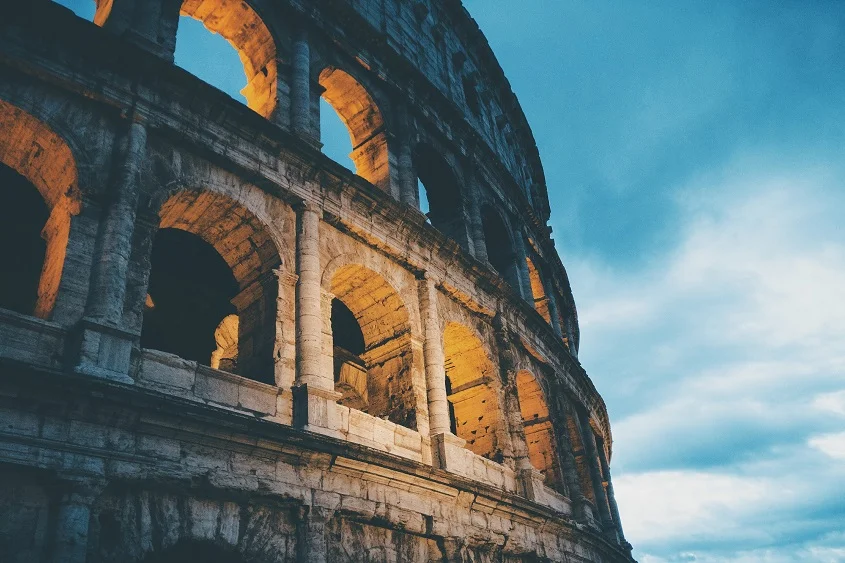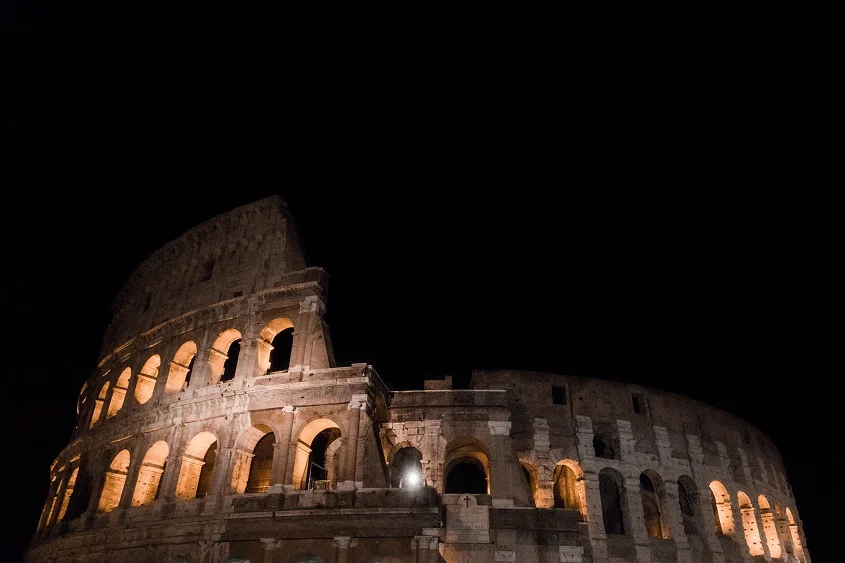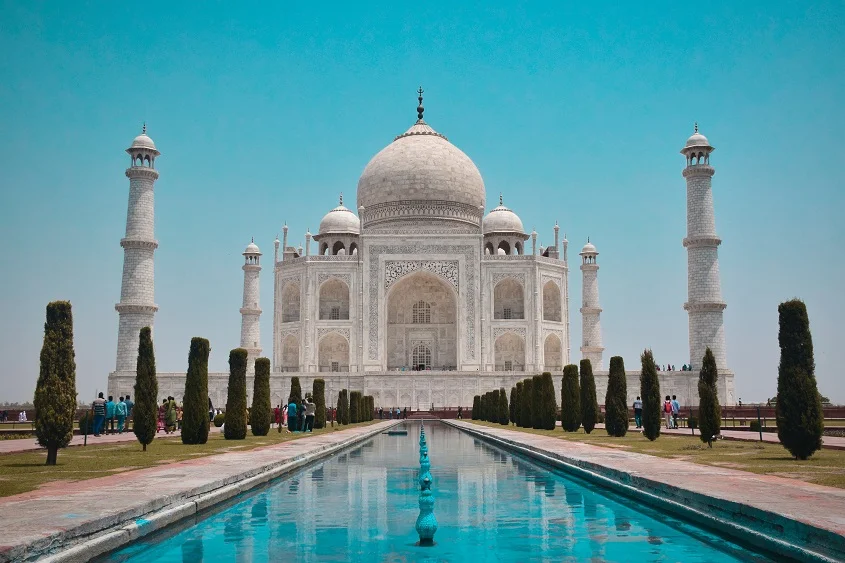Historical Landmarks and Their Stories
- Updated on: Nov 22, 2024
- 4 min Read
- Published on Oct 9, 2023

Imagine traveling through time, putting ourselves in the position of those who came before us, and experiencing their joys and sorrows all over again. Historical sites act as windows into the past, giving us a chance to engage with history in real and awe-inspiring ways. Each landmark, whether it be a majestic castle or an old temple, has an intriguing tale to tell. In this post, we’ll go on a quest to learn the fascinating tales behind these priceless artifacts from the past.
Key Takeaways
- By preserving tales and events that have formed communities, historical monuments provide a window into the past.
- Each monument has a distinct history to share that reflects its cultural, architectural, and historical significance.
- Travelers and history buffs alike may enjoy an interesting and instructive trip by exploring historical sites.
The Great Pyramid of Giza: The Home of the Ancient Mysteries

The Great Pyramid of Giza, cloaked in mystery and awe beneath the scorching Egyptian sun, looms lofty. This enormous building, which dates back more than 4,500 years, served as Pharaoh Khufu’s tomb when it was completed. The complex engineering and mathematical perfection of the structure astounds visitors more than just its enormous size.
- The ancient Egyptians had a highly developed grasp of astronomy, as evidenced by the pyramid’s alignment with the compass’s cardinal points.
- In order to build it, an estimated 2.3 million limestone pieces, each weighing several tons, were used.
- Historians and scientists are still fascinated by theories about how it was built, including those involving ramps and alien assistance.
The Colosseum: Roars of Ancient Spectacle

Enter the heart of ancient Rome, where the roars of long-gone people still reverberate from the Colosseum. Built in AD 80, this well-known amphitheater served as a venue for gladiatorial fights, theatrical productions, and even fictitious naval wars to amuse Roman residents.
- The Colosseum, which could accommodate up to 80,000 people, served as a monument to the magnificence and administrative skill of the Roman Empire.
- The intricate sets, trapdoors, and underground passageways added to the show’s allure.
- It serves as a monument to historical architectural marvels, where enormous weight was sustained by arches and columns without the aid of modern technology.
A Monument to Eternal Love, The Taj Mahal

The Taj Mahal is a symbol of love and devotion in the center of India. This monument made of ivory-white marble was built in the 17th century by the emperor Shah Jahan as a tribute to his adored wife Mumtaz Mahal. It is a work of Mughal engineering wonder.
- The Taj Mahal’s elaborate carvings and sophisticated symmetry are an homage to the period’s greatest architect.
- The interaction of light with the white marble is what gives the monument its many colors throughout the day.
- The Taj Mahal’s status as a UNESCO World Heritage Site highlights its significance in terms of both culture and history.
An Iron Giant’s Enduring Charm: The Eiffel Tower

The Eiffel Tower rises majestically against the skyline in the center of Paris. This famous structure, which was first received with skepticism when it was constructed as the entry arch for the 1889 World’s Fair, has since come to represent France and serve as a tribute to technical brilliance.
- The iron structure of the tower was a revolutionary advance in materials science at the time.
- For more than 40 years, its 324 meters (with antennae) in height served as the record for the highest man-made building.
- Due to its communication function, the tower was a vital resource during historical events, including World Wars.
Travel via Stories and Societies Visa
It’s crucial to recognize the importance of travel in our contemporary society as we examine these historical sites. The Temporary Skill Shortage (TSS) visa has transformed how people migrate across borders for employment and given people the opportunity to offer their knowledge to other civilizations. A TSS visa enables talented employees to interact with the customs, history, and culture of a foreign country, just the way these historical sites enable us to interact with the past.
Final Thoughts
Historical sites provide us with a feeling of continuity in a world that is always changing by establishing us in the accomplishments and experiences of those who came before us. These famous locations are more than simply remnants of the past; they are active storytellers who enlighten, inspire, and bind us to our shared cultural history. Whether you’re enjoying the exquisite beauty of the Taj Mahal, standing in the shadow of the Great Pyramid of Giza, taking in the majesty of the Colosseum, or looking up at the Eiffel Tower, you’re not just experiencing history—you’re becoming a part of it. So let these sites inspire you to investigate, learn about, and love the various tales that have influenced human civilization.












